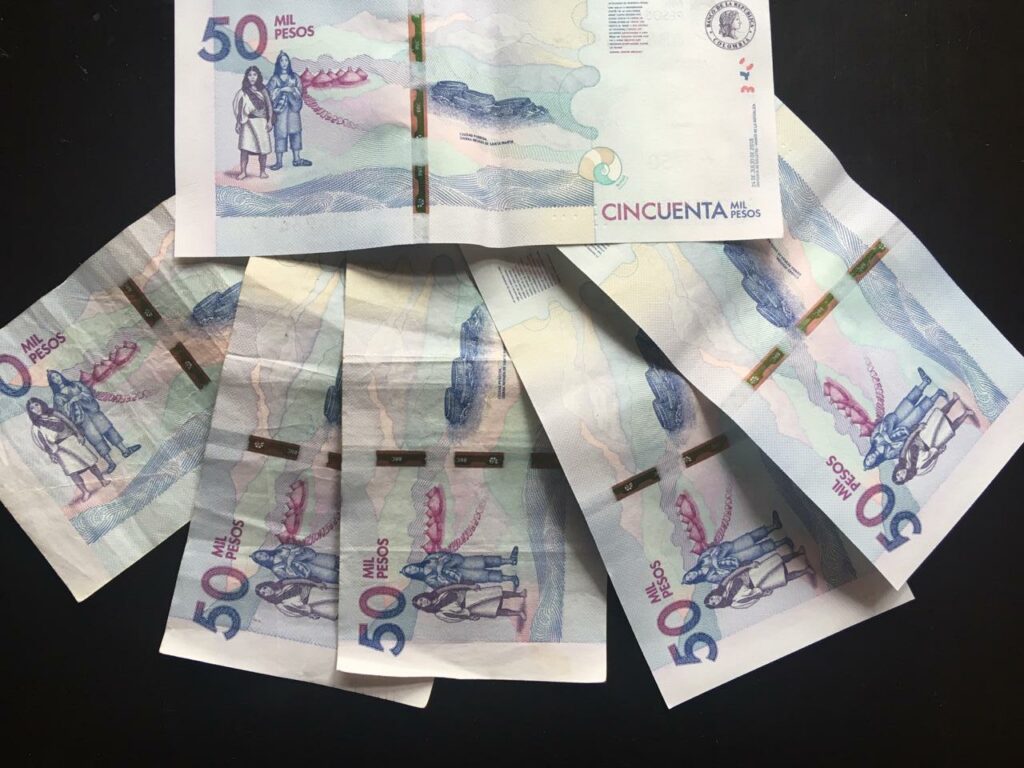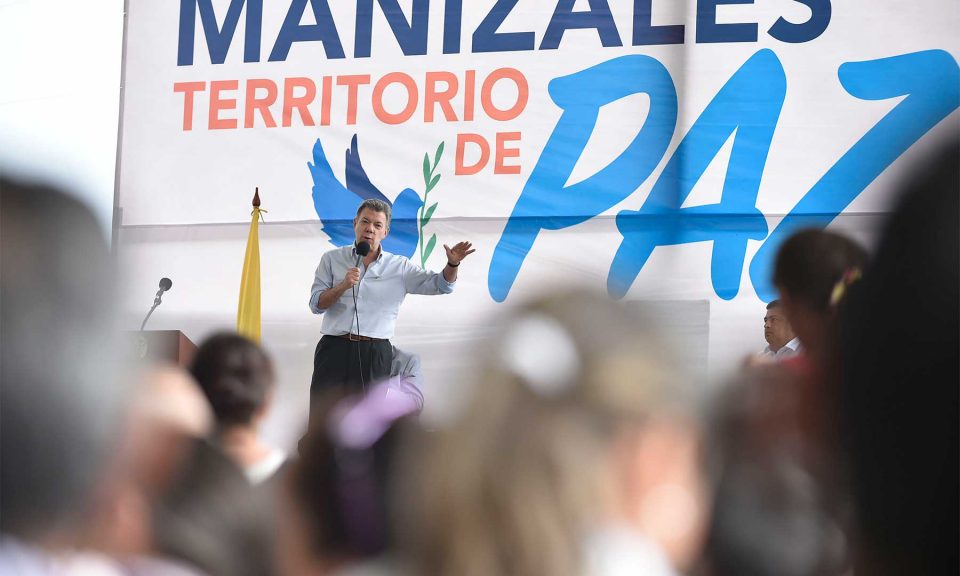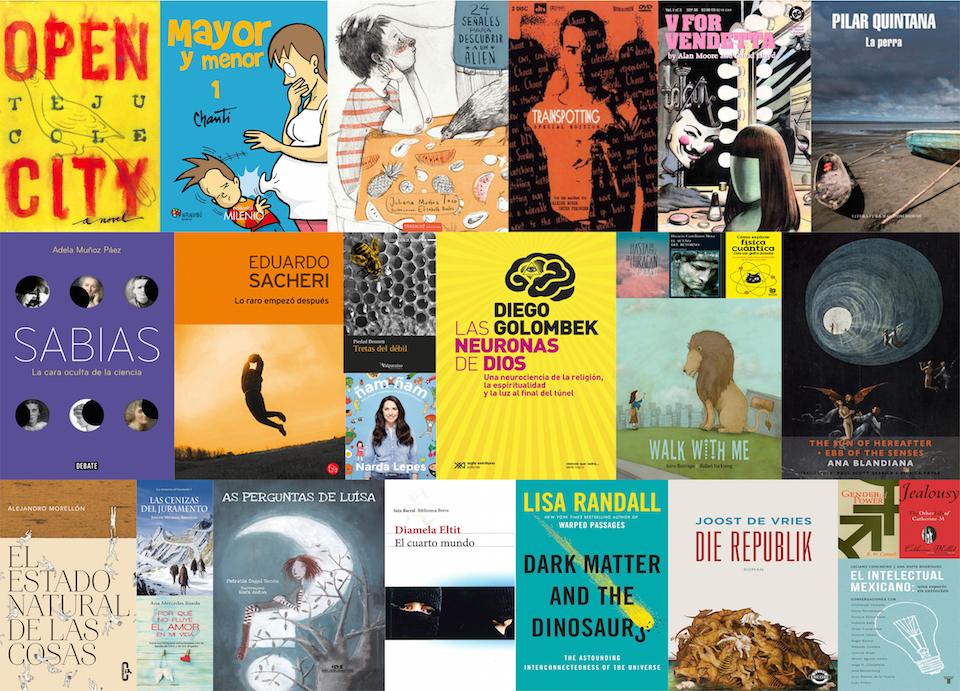Coronavirus has hit Colombia’s economy hard, but just how bad are the long-term prospects? We take a look at what could happen post-virus.

Confused about the impact of the coronavirus outbreak on the economy in Colombia? You’re in good company. The nation’s top financial institutions appear to be plugging new numbers into tried and tested economic models, behaving – in public at least – as if the game hasn’t fundamentally changed. Meanwhile, international observers warn of an economic crash that would dwarf the 2008-09 global financial crisis (GFC).
At the beginning of the year, before coronavirus, Colombia was on track to log a respectable 3.7% growth in the economy for 2020. In late March, the national institution of financial institutions (ANIF), downgraded its forecasts to 1.8-2% while Fedesarrollo, a leading think tank, revised its own estimates to 2.3%. Both figures have the feel of rearranging the deckchairs as the iceberg approaches.
These estimates rely on the idea of a “V-shaped” recovery, whereby household consumption of goods and services – equivalent to over two thirds of GDP – is only temporarily dampened by a national quarantine and comes roaring back once restrictions are relaxed. One local analyst says that, structurally, nothing has changed and that pent-up demand from the middle classes could help the country reach positive growth.
That is not a view shared by international banks. The headline of a 23 March research note by US bank Goldman Sachs warned that Latin American economies were about to “hit the wall”, with Colombian GDP declining by 2.5% compared to a region-wide fall of 3.8%.
To put that in context, Colombia has only experienced one year of negative growth since records began. That was 1999. Ten years later, the economy – boosted by strong coal and oil exports – grew at 1.7%, in the worst year of the GFC, and at a healthy average of 5% for the following five years.
Read our latest coverage on the coronavirus in Colombia
The short and long-term impacts of coronavirus shutdown look far more ominous for the economy in Colombia. Analysts at several banks declined to comment for this article in the current atmosphere of uncertainty.
Even before the arrival of the virus, Colombia had problems. In March, a price war between Saudi Arabia and Russia led to a collapse in oil prices that has rendered many of the country’s oil wells uneconomical, accelerating a decline in national production that began in 2013. Reduced export income from oil will expand the current account deficit which at 4.4% of GDP, is already one of the highest in the region. Should that widen further and international credit ratings remove the country’s investment grade, billions of dollars would flow out of the country, crashing the stock market.
But these are the everyday concerns of economists and bankers. Today they seem like terms from a bygone era. The current crisis will have a global impact, but developing countries look set to be the worst affected. The country’s public healthcare system was already swimming in debt and corruption scandals. Unlike in 2009, strong Chinese demand for commodities will not keep the treasury topped up.
The rapid depreciation of the Colombian peso over the past two years – now over 4,000 to the dollar – means imports remain expensive, including food given that the country has been unable to make the land reforms needed to create a competitive agricultural base. With the outlook for airlines and international travel looking highly precarious, even the government’s estimate that tourism receipts could return to their pre COVID-19 levels by mid-2023 look ambitious.
The government has already dropped interest rates to record lows and prepared a stimulus package equivalent to 3% of GDP but its stabilisation fund, unlike those of Chile and Peru, only stashed away sufficient oil revenues for a rainy day, not a category 5 economic hurricane.
The Economist Intelligence Unit points out that public debt across Latin America is higher than before the GFC and that multilateral finance will be crucial for an effective stimulus. Colombia already has a flexible credit line – a loan facility reserved only for the top emerging market countries – of around USD$11.4bn with the International Monetary Fund, and the government could draw down on this loan as a last resort. But the size of the spending programme required to reactivate the economy will be unprecedented, and the government may be reluctant to do anything that would risk the sustainability of its fiscal balance (what it spends versus what it earns) in the medium term.
The effects, unsurprisingly, will be felt hardest in the poorest strata of society. Venezuelan migrants, hospitality and tourism workers, cleaners and the huge number of informal workers have already seen their meagre incomes cut. When the country tops international lists for ‘entrepreneurship’ it’s because many Colombians start their own business – from dry cleaners to photocopy shops – due to lack of employment options. Most of these small businesses run on thin margins and tiny cash buffers. Many will not survive until the end of quarantine on 27 April, more will fail if it is extended and when something like normality does return to the high street, prevailing caution could cut discretionary spending.
Ten years ago HSBC named Colombia as one of the CIVETS, a group of six developing countries it considered to be the next wave of up-and-coming investment destinations. Since the 1990s, the idea that ‘emerging economies’ would close the gap on developed countries and offer juicy returns for investors has been an article of faith. That logic now looks flimsy.
No one can foresee the long term economic consequences of the COVID-19 outbreak, but developing countries look set to be hit hardest, increasing international inequality. As developed nations prioritise their own economies, re-shore key industries and rethink international travel and investment, Colombia’s key industrial sectors (commodities, construction, services and tourism) could all see their long-term prospects altered in a way unimaginable a few months ago.





